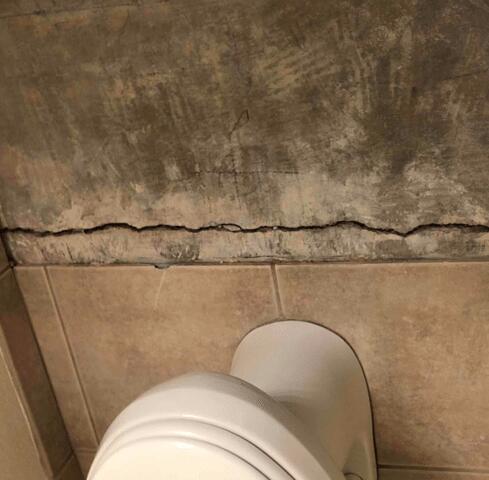
Symptoms of Foundation Problems
As shown in this photo, the slab crack was very visible, and it got to the point where it was not just a concrete crack but a tripping hazard for everyone around.
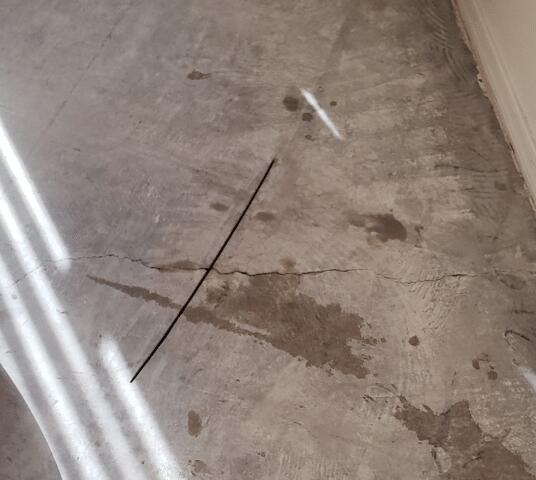
Crack Stitching Repair Method: Non-parallel Cuts
To properly bond the two ends of the concrete slab back, our concrete repair professionals need to make some nonparallel cuts along the crack to add some laminates later in the process.
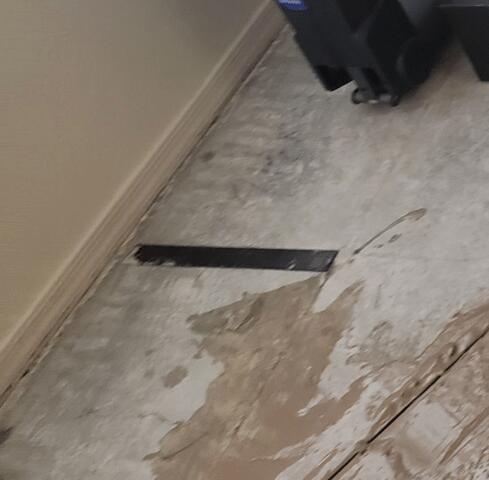
Crack Stitching Repair Method: Carbon Fiber Laminates
In this step of the crack stitching process, our home heroes added some carbon fiber laminate to strongly attach the two ends of the concrete slab back together.
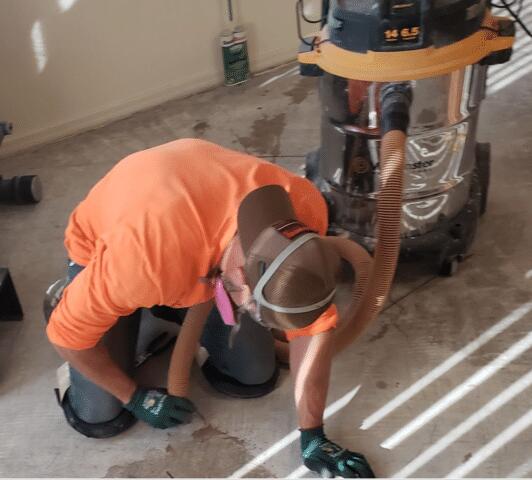
Crack Stitching Repair Method: Grinding & Vacuuming
After the materials get dried, our home heroes need to grind down the surface of the floor to get rid of any irregularities and imperfections. The vacuum will get used in the end to suck any dust particles made when grinding the surface of the floor.
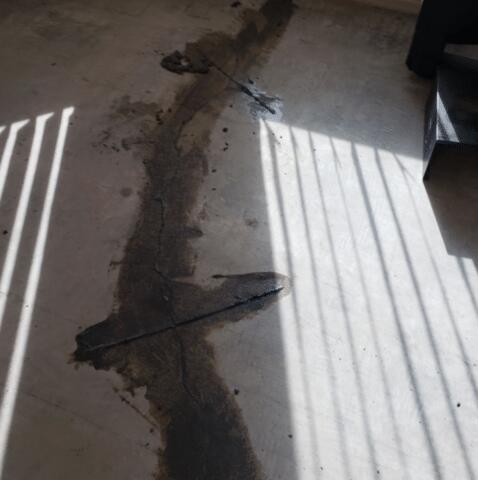
Crack Stitching Repair Method: Filling & Sealing
After Adding the carbon fiber laminates, our home heroes add a low viscosity material called polyurea to fill all the voids from the cracks and seal the concrete crack in the process.

After Crack Stitching Repair Method
As shown in this photo, the concrete crack is gone, and the Owners can go ahead with their remodeling plans. Thanks to Arizona Foundation Solutions, this family no longer has tripping hazards or concrete cracks in the floor.
